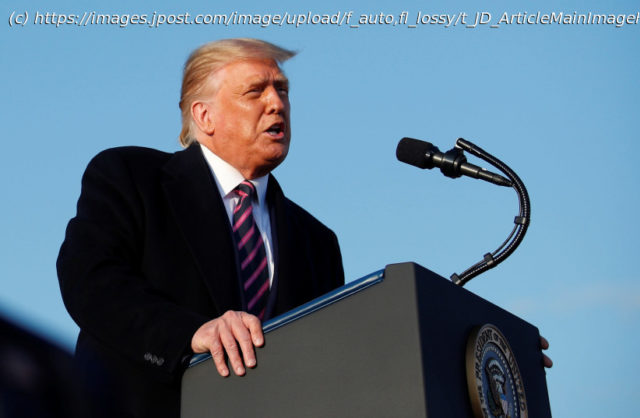The expose, the first of a series that read at certain points as if geared for advanced accounting students, painted a picture of a president who used tax loopholes.
“I could stand in the middle of Fifth Avenue and shoot somebody, and I wouldn’t lose any voters, OK?” then presidential candidate Donald Trump said at a 2016 rally in Iowa two weeks before the caucuses there and the start of the 2016 primary balloting. “It’s, like, incredible,” he said of the loyalty of his supporters. More than four years later, the question looming before Trump as he took the stage Tuesday evening against Democratic presidential candidate Joe Biden for the first of three debates is whether a 10,500 word investigation in The New York Times about his, well, spotty tax records can do what – in Trump’s own telling – a bullet fired from his own gun could not do: chase away voters. The expose, the first of a series that read at certain points as if geared for advanced accounting students, painted a picture of a president who used tax loopholes to actually pay income tax only 10 of the last 15 years, and then at ridiculously small amounts. It further painted a picture of a failed businessman who is far less wealthy and financially successful than he likes to boast; has business dealing in foreign countries that may constitute conflicts of interests; took questionable deductions; is in debt up to his ears; and may have originally ran for president in 2016 to revive his by-then fading brand. A Twitter user named Brad Simpson, an associate history professor at the University of Connecticut, artfully boiled the massive Times piece down to one tweet: “Abraham Lincoln paid 3X more in taxes in 1864 than Donald Trump in 2016. Not more as a share of his income. More in taxes.” According to Simpson, Lincoln paid $1,981.67 in federal taxes in 1864-1865. By contrast, according to the Times article, Trump paid $750 in federal income tax in 2016 and in 2017.






